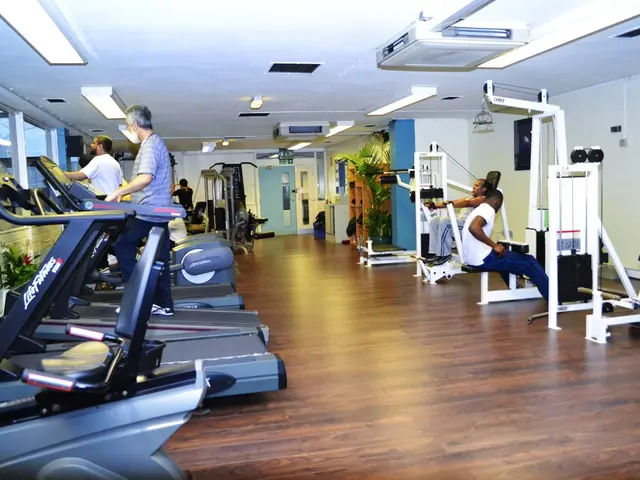Thunderstorm Safety and First Aid Measures
In Germany, lightning strikes are relatively rare, but they can still pose a danger. Here's what you need to know to stay safe during a storm.
If you're not in a building or car during a storm, it's crucial to avoid being the highest point in the area. Lightning looks for the shortest path, and a direct strike can cause severe injuries, including severe burns, bone fractures, eye injuries, and muscle spasms.
However, taking refuge in a building with a lightning rod or in a car is safe during a storm. Crouching down also reduces the risk of the current flowing through your entire body. Keep your feet close together, touching only the balls of your feet to the ground.
In Germany, on average, 4 people die each year due to lightning strikes, and 110 people are admitted to hospital or receive medical treatment each year for injuries caused by lightning. If a person is no longer responsive after a lightning strike, immediate cardiopulmonary resuscitation (CPR) should be initiated.
Nerve and muscle spasms can occur in the body parts that the current has flowed through, which can last for hours or days. The probability of being injured in a traffic accident is much higher than that of being struck by lightning.
In cases like this, the procedure is "Check, Call, Compress" if you witness someone being struck by lightning. Check the person by speaking and touching them. Can you hear or see normal breathing? If not, they may be in cardiac arrest. Call 112 for help, and start compressions. Kneel beside the person, place one hand on the center of their chest, and place the other hand on top of the first. Press down 5 to 6 centimeters into the chest, at a rate of 100 to 120 compressions per minute.
If a lightning victim receives help within the first five minutes after the strike, CPR has more than an 80% chance of success, according to the German Red Cross. It's important to note that it's theoretically possible for a second lightning strike to hit the same spot, but you must do something, or the person will die. If it's at all possible, you should start immediate resuscitation measures.
Data collection often underreports injuries and sometimes deaths, but the ratio of injuries to deaths tends to be about 3:1 or higher. Lightning fatalities in developed countries often occur during outdoor recreation or work in the summer months. For comparison, in the U.S., hundreds of injuries and tens of deaths occur annually, but these numbers reflect a larger population and more outdoor exposure.
In summary, lightning strike injuries and deaths in Germany happen but are uncommon on a yearly basis, with fatalities generally being a handful per year and injuries a few times higher. The risk is concentrated in outdoor activities during thunderstorm seasons.
An important thing to remember is that, unlike electrical accidents, with lightning strikes, you can touch the victim without fearing an electric shock. However, it's still crucial to seek immediate medical attention and initiate CPR if necessary. Stay safe out there!








